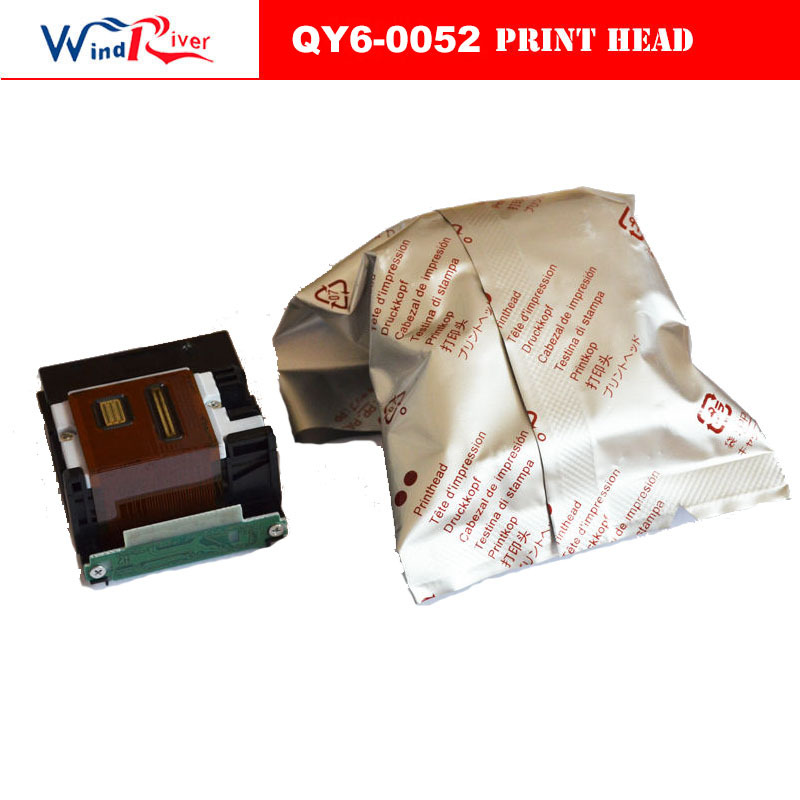

While the graphical notation of BPMN 2.0 is virtually unchanged since the first edition, OMG’s Finalization Task Force made several changes to the XML serialization. The Level 1 section of the book now covers the entire Descriptive subclass, and the Level 2 section the entire Analytic subclass.

In the new edition, the Level 1 and Level 2 palettes have been adjusted to correspond exactly with the Descriptive and Analytic subclasses of the final BPMN 2.0 specification. The ultimate goal, remember, is a language that spans the business and technical worlds. Since the shapes and symbols of the Level 1 palette are mostly familiar to business users, it is better to expose BPMN’s foundations early on. Also, I have come to see that hiding BPMN’s conceptual foundations from Level 1 modelers makes it more difficult in the end to create a common language shared between business and IT. That makes a huge difference, since even beginners can quickly learn to avoid style errors.

One reason is the availability of automated style rule validation, mentioned earlier. Today I don’t teach it that way, and the new edition reflects the change. In the original edition it implied not simply a limited working set of shapes and symbols but a more relaxed attitude toward the rules of BPMN, more akin to traditional flowcharting. These changes are reflected in the new edition.Īnother change is the evolution of BPMN Level 1. Also, BPMN style, once taught as a list of recommended best practices, is now more effectively presented as a set of style rules that can be validated in software. The book now clarifies how fundamental BPMN concepts like process and activity relate to published business process frameworks. For example, the Method’s High-Level Map has evolved to better align with business process architecture. While these Method and Style pillars remain intact, the new edition reflects two years’ evolution of both the methodology and style through repeated interaction with students in my BPMN training. The approach is rests on three key pillars: The essential goal remains the same as well: BPMN diagrams that are unambiguous, understandable by others, and complete, fully revealing the process logic even in the absence of attached documentation.īoth the goal and its associated principles and rules have formed the basis of my BPMN training since early 2007. The unique approach of the first edition, including segregation of the palette into “levels,” a prescriptive modeling methodology, and principles of BPMN “style”, have all been carried forward in the new edition. It is clearer, more concise, better organized. I have taught Method and Style to hundreds of students since publication of the first edition, and the new edition benefits greatly from that experience. The central ideas are the same, but the exposition, emphasis, and examples are all new. In fact, the new edition has been rewritten almost entirely. When I began writing the second edition, I thought that a significant portion of it could be copied and pasted from the original, but that turned out not to be the case. The first edition of the BPMN Method and Style was published in June 2009, at the time of completion of the BPMN 2.0 “beta” specification.


 0 kommentar(er)
0 kommentar(er)
